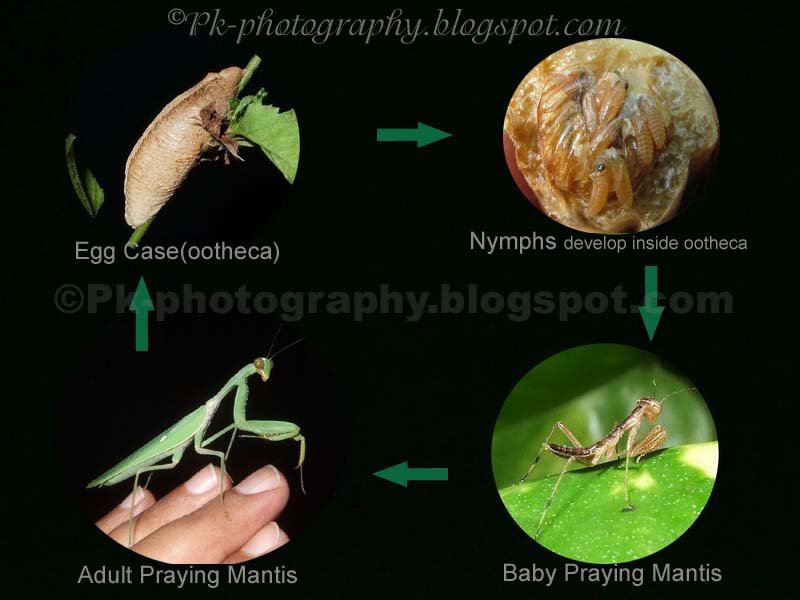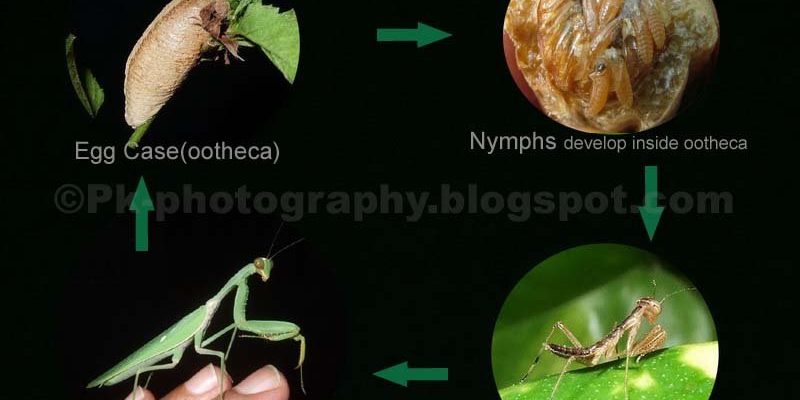
Let me explain how this process works. It starts when a female mantis lays her eggs in a protective casing, creating little mantis “time capsules.” As the eggs hatch, they journey through a series of molts, growing and adapting along the way. Each transformation brings us closer to the adult mantis we recognize. So, if you’ve ever been curious about how these insects grow and thrive, grab a cup of coffee, and let’s dive into the gripping lifecycle of a praying mantis!
The Egg Stage: The Beginning of Life
The life of a praying mantis begins with the egg stage, which might not seem like much at first. Here’s the thing: this stage is crucial for the survival of the species. After mating, the female mantis lays hundreds of eggs, usually in the late summer or early fall, encasing them in a frothy substance called an ootheca. Imagine it as a cozy blanket that protects the eggs from predators and harsh weather.
Each ootheca can hold anywhere from 10 to 400 eggs, depending on the species. Once the female lays her eggs, she may or may not guard them, leaving them to develop on their own. This period of quiet incubation can last from a few weeks to several months, depending on environmental conditions like temperature and humidity. You might be amazed to know that mantis eggs can even survive winter, hatching only when conditions are just right!
First Instar: The Hatching
After the incubation period, it’s time for the magic to happen! The baby mantises, known as nymphs, emerge from their eggs in a remarkable event called hatching. Honestly, it’s like a mini explosion of life. They break free from the ootheca and are typically around one inch long.
While they share some similarities with adults, nymphs are still quite different. They don’t have wings yet, and their bodies are soft and vulnerable. That said, they are already equipped with those impressive forelegs that they’ll use to catch prey. At this stage, nymphs are on the lookout for food, tackling tiny insects like aphids and fruit flies. Surviving this delicate stage is crucial, as they must quickly avoid predators and find enough food to grow.
Subsequent Instars: The Growth Stages
As nymphs grow, they go through several stages called instars. Each instar is marked by a molting process, where the mantis sheds its exoskeleton to make way for a larger, more developed body. This process occurs around 5 to 10 times, depending on the species.
You might wonder, “What’s it like to molt?” Well, it’s quite the spectacle! During molting, a mantis will stop moving and position itself carefully, often hanging upside down. As the old exoskeleton splits open, the mantis slowly emerges, revealing a softer body that will harden over time. This transformation is critical because, without it, mantises wouldn’t be able to grow. After each molt, they’ll also develop more distinctive features, like wings, which will be crucial for their survival as adults.
The Final Instar: Maturity Awaits
When a mantis finally reaches its last instar, it’s almost ready to take on the world as an adult. This stage can vary in duration, but it typically lasts a few weeks. Here’s the exciting part: adult mantises are not only larger but also possess fully developed wings! Can you picture it? That once tiny nymph, now transformed into a vibrant adult, ready to fly, hunt, and, if it’s a female, potentially mate to continue the cycle.
In the final instar, mantises become true predators. They’re hunting much larger insects, exercising their remarkable ambush skills. As they grow, they’ll display more vivid colors and patterns, making them both beautiful and effective hunters. You might think of them as the ultimate insect ninjas, silently stalking their prey before striking with incredible speed.
Adult Stage: The Peak of Life
Once a mantis reaches adulthood, it’s time to embrace its full potential. Adult mantises can live for several months, depending on environmental conditions, food availability, and whether they’ve found a mate. Let’s take a moment to appreciate how fascinating this stage is. As adults, they’re not just about survival; they’re engaging in complex behaviors like courtship and reproduction.
However, life as an adult mantis isn’t without its challenges. They must continue to evade predators, like birds and other insects, while also searching for a mate. The dance of courtship can be quite dramatic, with males often performing elaborate displays to attract females. Here’s the catch, though—the female mantis is notorious for sometimes eating the male after mating! It’s a wild survival strategy that might seem brutal, but it plays a critical role in nature.
The lifecycle of a praying mantis is a powerful reminder of nature’s beauty and complexity. From the humble beginnings of an egg to the impressive adult, each stage is filled with its own unique challenges and triumphs. Understanding this cycle not only deepens our appreciation for these incredible insects but also highlights the delicate balance of ecosystems.
Next time you spot a praying mantis, remember its journey. Every graceful move and poised stance is the result of an amazing transformation. Whether it’s in your garden or a nearby park, these little ninjas of the insect world are worth watching.

